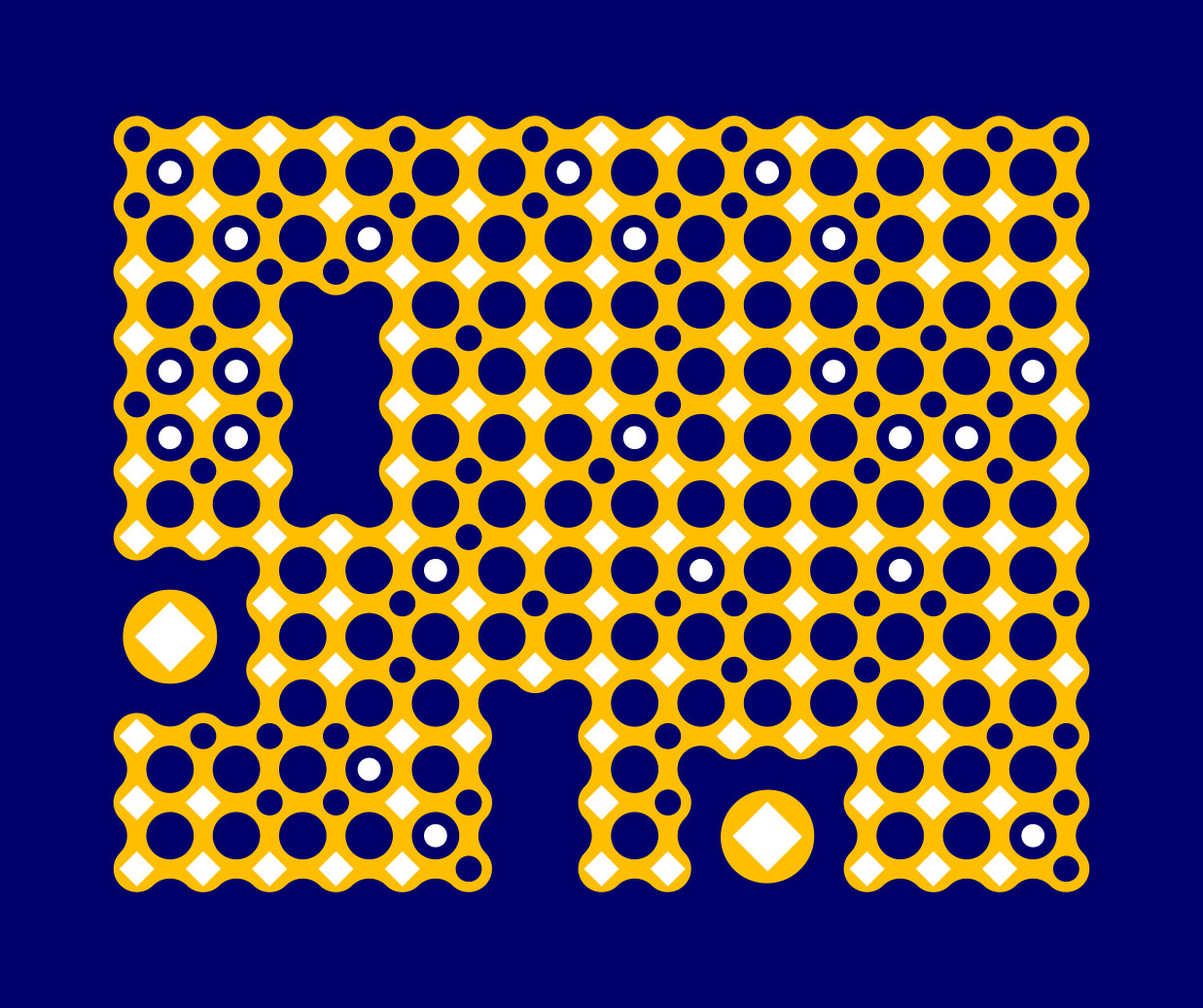/////////////////

Legacies of Catalogue Descriptions: prioritising agendas and actions
4 February 2022 (online, 10:30-12:30 GMT)
11 February 2022 (online, 10:00-12:00 EST)
Overview
The past, present, and future of anglophone cataloguing, including their spatial and temporal resonances, had for the ‘Legacies’ team provided a focal point for research, technological experimentation, the development of training materials, and partnership development. At our workshops, talks, and discussion forums, we have benefited from the insight, curiosity, and enthusiasm of colleagues across the cultural heritage sector committed to investigating the inequities in legacies catalogue data and to mitigating their harms.
As our current round of funding drew to a close, we invited members of that community to join us to set shared agendas and agree next steps. We asked where we should focus our collective resources, what things we need to work differently, and the role of computational technologies in both shaping and constraining action.
Both events worked towards a single co-produced output: an infographic explaining the problem area, our shared priorities, and the next steps for action, the production of which was supported by Lucy Havens, and was published as Lucy Havens, Legacies of Catalogue Descriptions and Curatorial Voice: Infographics (2022).
Booking
UK-based event
Numbers were capped at roughly 15 attendees.
US-timezone event
This event narrowed our focus in two ways. First, to free-text descriptions of visual collections, a domain where archaic, offensive, and harmful language and language structures that perpetuate inequality are commonly found. Second, to reparative cataloguing, and in particular the implications of reparative work in a domain where the style of landmark catalogues or cataloguers continues to resonate for many years after their work was completed or published. Third, to make connections between the actions we take now and the machine-driven futures we facilitate.
Numbers were capped at roughly 15 invited attendees.